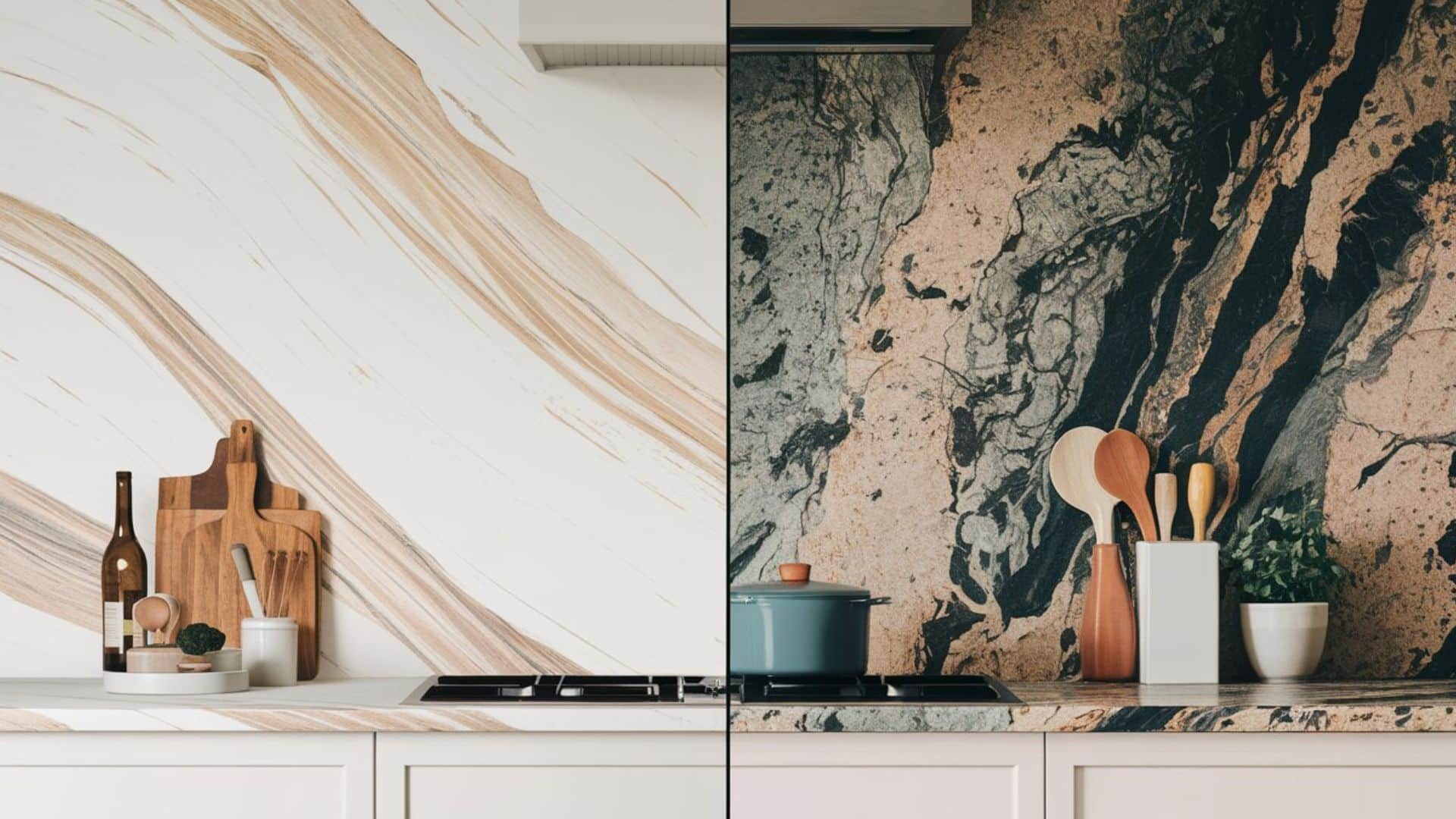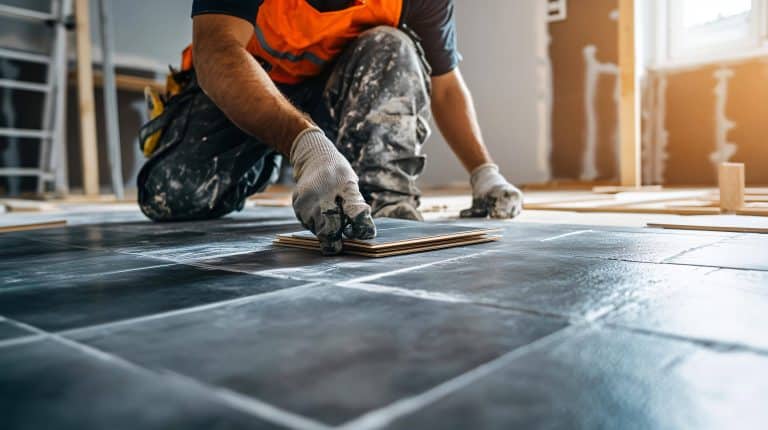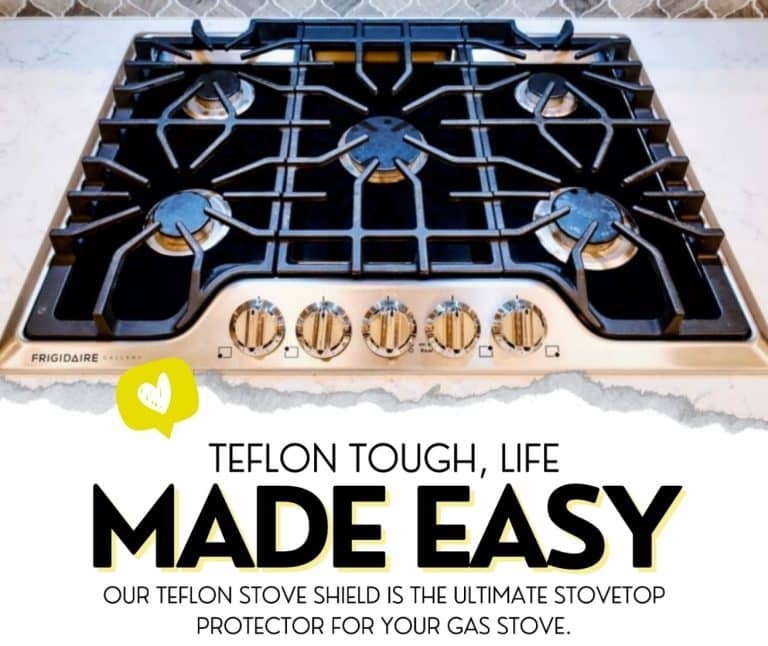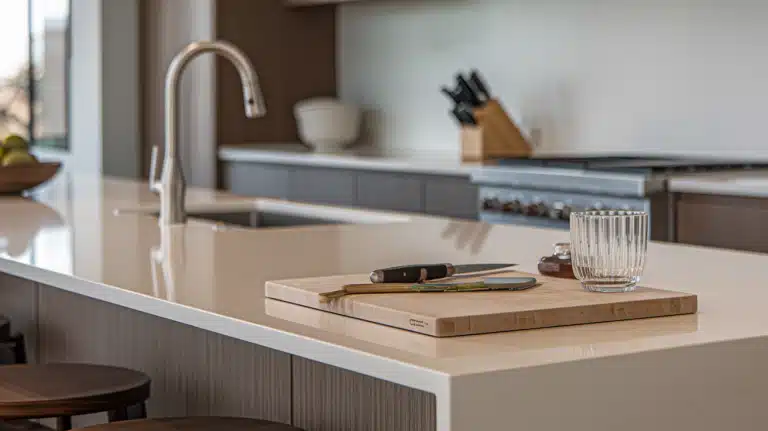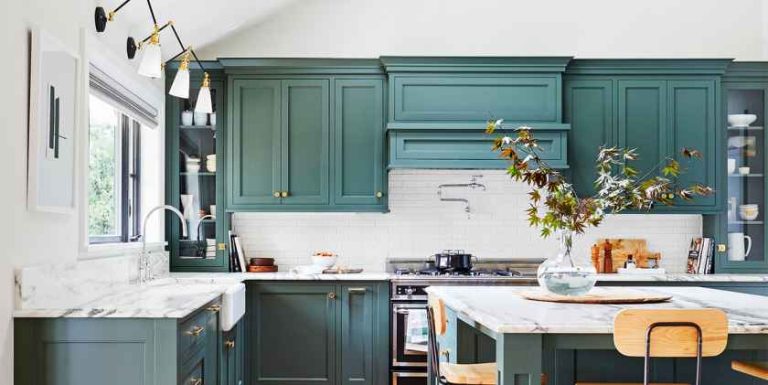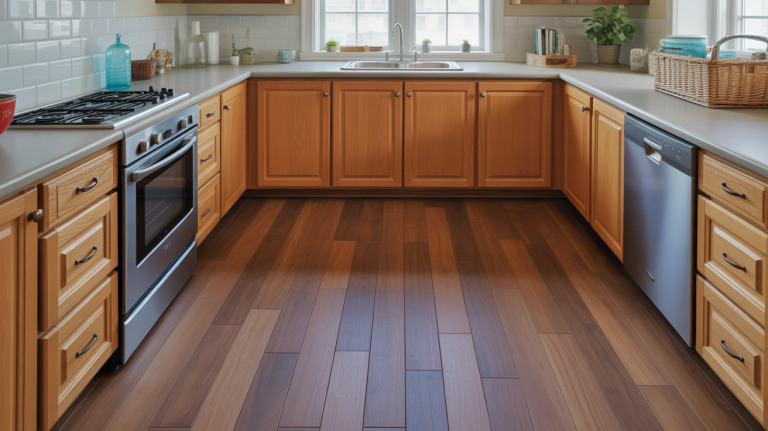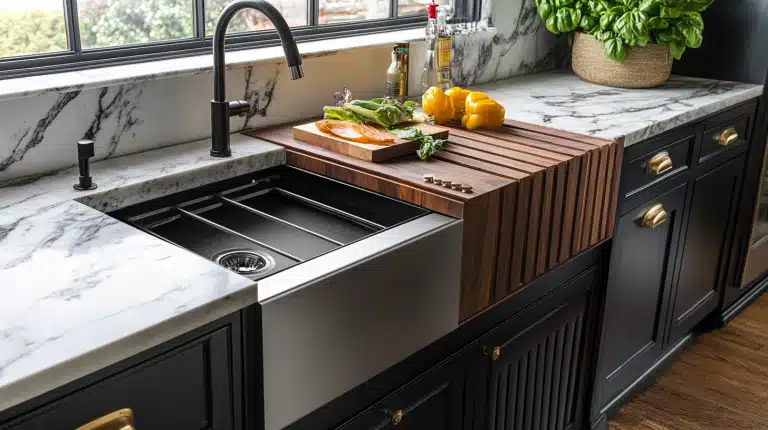Quartz vs. Granite: What Countertops Really Cost?
Planning a kitchen renovation but confused about countertop costs? The quartz versus granite debate puzzles many homeowners. These popular materials offer different benefits at varying prices.
Common assumptions about pricing often prove wrong. Some believe natural stone always costs more. Others think engineered surfaces break budgets automatically. Reality proves more complex.
Multiple factors influence your final investment. Stone quality, slab rarity, and project complexity all play roles. Installation requirements and maintenance needs affect long-term expenses, too.
This guide examines the actual costs for both materials. You’ll understand pricing structures and hidden fees. I’ll show you which option truly costs more overall. Let’s find out the numbers behind these premium surfaces.
What Is Quartz?
Quartz countertops are engineered by combining natural stone and resin, resulting in a durable, non-porous surface. The result creates a non-porous surface that naturally resists stains.
Modern quartz contains 90-95% natural minerals. Pigments and glass add variety to the color during production. This engineered process ensures consistent patterns throughout each slab.
Key features of quartz:
- A non-porous surface needs no sealing.
- Uniform color and pattern distribution.
- High resistance to scratches and chips.
- Available in hundreds of design options.
- Consistent thickness across the entire slab.
What Is Granite?
Granite is a natural stone that originates from the Earth’s crust, formed over millions of years through volcanic processes. This igneous rock is composed of feldspar, mica, and quartz crystals.
Quarries extract large granite blocks from mountains worldwide. Specialized saws cut these blocks into workable slabs. Natural variations make every piece one-of-a-kind.
Granite characteristics:
- Unique veining in every slab.
- Heat resistance up to 1,200 degrees.
- Natural porosity requires regular sealing.
- Color depends on mineral composition.
- Thickness varies slightly across slabs.
What Makes Quartz or Granite Expensive?
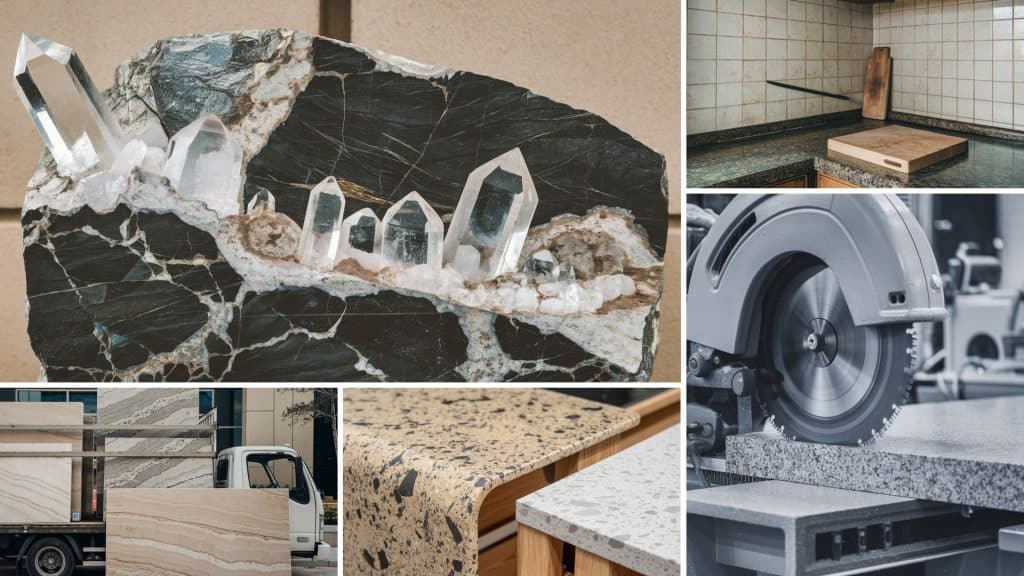
Price differences between quartz and granite stem from multiple factors beyond base materials.
Installation requirements, customization needs, and lifetime maintenance all affect total costs.
Understanding these variables helps explain why similar-looking countertops can have vastly different price tags.
1. Material Source and Quality
The origin location directly affects countertop costs for both options. Domestic materials typically cost 20-30% less than imports. Transportation distances and import duties increase foreign stone prices.
Quality grades create the widest price variations. Basic granite runs $35-45 per square foot installed. Exotic varieties can exceed $200 for identical coverage.
2. Fabrication Complexity
Simple rectangular countertops cost the least to fabricate. Standard layouts require minimal cutting and shaping. These projects stay within base pricing estimates.
Complex designs demand specialized equipment and expertise. Curved edges need CNC machinery precision. L-shaped layouts with multiple seams increase fabrication time significantly.
3. Edge Profiles and Custom Cuts
Basic squared edges come standard with most installations. Decorative profiles enhance appearance but increase costs. Each linear foot of specialty edging adds $10-40 extra.
Custom cutouts for sinks and cooktops require precision work. Multiple openings or unusual shapes double the cutting time. These modifications can add $500-1,500 to projects.
4. Transportation and Installation Costs
Delivery charges vary based on distance and accessibility. Urban locations typically see lower transportation fees. Rural properties often pay $200-500 more for delivery.
Professional installation ranges from $200 to $500 for basic projects. Removing old countertops adds another $100-300. Difficult access or upper floors increase labor costs further.
5. Long-Term Maintenance and Resealing
Granite’s natural porosity makes it vulnerable to stains, necessitating regular sealing to maintain its appearance and durability. Professional resealing services cost $100-$ 200 per year. These expenses amount to $2,000-$ 3,000 over 15 years.
Unlike granite, quartz surfaces do not require periodic sealing, which significantly reduces long-term maintenance expenses.
Simple daily cleaning maintains its appearance indefinitely. This difference makes quartz more economical in the long term, despite its higher initial prices.
Quartz vs. Granite: What’s the Difference?
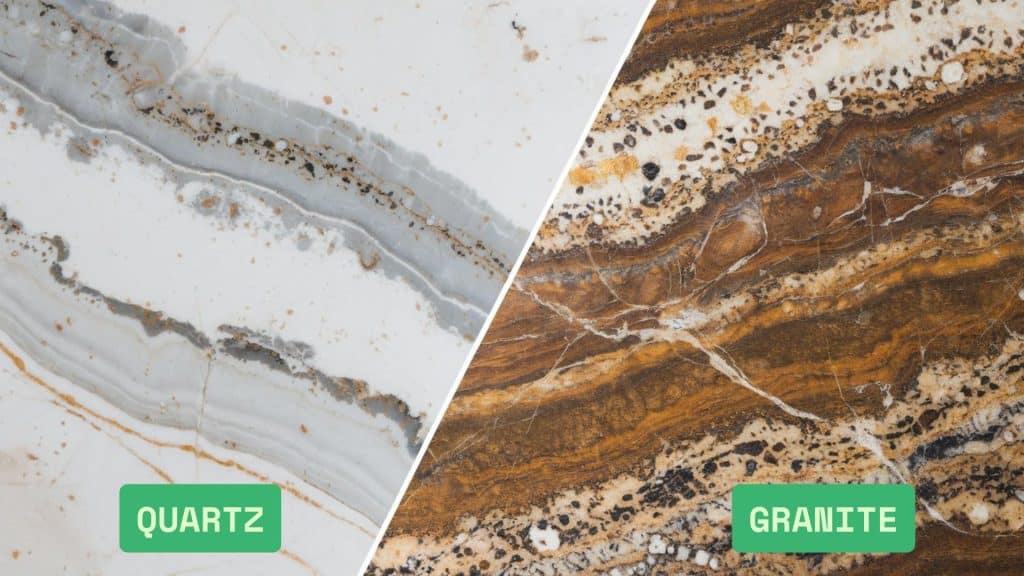
Both materials serve kitchen needs but differ fundamentally. Understanding these differences helps explain their varying price points and cost comparisons.
| Feature | Quartz | Granite |
|---|---|---|
| Origin | Factory-made | Naturally formed |
| Appearance | Consistent patterns | Unique variations |
| Porosity | Non-porous | Porous, needs sealing |
| Heat Resistance | Moderate (up to 400°F) | Excellent (up to 1,200°F) |
| Maintenance | Soap and water only | Annual sealing required |
| Color Options | Unlimited through pigments | Limited to natural colors |
| Installation | Stable dimensions make quartz easier to prep | Natural variation demands expert fitting |
Long-Term Value and Hidden Costs
Beyond the purchase price, consider ongoing expenses that impact your investment over time. Maintenance requirements, repair costs, material lifespan, and resale potential all affect the true value of your countertop choice.
- Maintenance Requirements: Granite upkeep involves periodic sealing, which helps preserve its resistance to moisture and stains. While not overly complex, this maintenance adds to the overall long-term cost of ownership.
- Repairs and Replacements: Granite’s natural composition allows for easier repairs compared to quartz, with minor damage often being repaired without leaving noticeable traces.
- Durability and Lifespan: Both quartz and granite are incredibly durable, offering a long lifespan when maintained appropriately. Granite withstands centuries when maintained correctly. Quartz manufacturers offer 10-15 year warranties on their products.
- Resale Value Potential: Updated countertops increase home selling prices considerably. Granite appeals to traditional buyers seeking natural materials. Quartz attracts modern buyers wanting low-maintenance luxury features.
Pros and Cons of Quartz and Granite
Both materials offer distinct advantages for different homeowner needs. Weighing the benefits against the drawbacks helps determine which option suits your lifestyle better. Consider these factors carefully before making your final decision.
| Quartz | Granite | ||
|---|---|---|---|
| Pros | Cons | Pros | Cons |
| No sealing required | Less heat resistant than granite | Natural beauty and uniqueness | Requires annual sealing |
| Consistent appearance throughout the slab | Visible seams in large installations | Excellent heat resistance | Can stain or etch easily |
| Stain and bacteria-resistant | Not a fully natural material | One-of-a-kind patterns | Color matching difficult |
| Low maintenance needs | UV sensitivity can cause fading | Adds significant home value | Higher maintenance requirements |
| Non-porous surface | Limited repair options for damage | Timeless appeal | Natural porosity issues |
| Wide color selection | Higher upfront cost | Repairable surface | Weight requires strong support |
Which One Is More Expensive?
Quartz typically costs more upfront than granite. Average quartz installations run $65-75 per square foot. Standard granite projects typically average $55-$ 65 per square foot.
However, this changes with premium options. Exotic granite varieties reach $200+ per square foot. The most expensive quartz tops out at around $120 per square foot.
Long-term costs flip the script entirely. Granite’s maintenance adds $2,000-3,000 over 15 years. Quartz requires zero additional investment after installation.
The verdict: Quartz costs more initially but less overall. Basic quartz beats basic granite by $10-15 per square foot upfront. But granite’s lifetime maintenance makes it the pricier choice long-term.
Conclusion
Your countertop choice impacts both immediate and future expenses. We’ve examined how various factors affect total investment. Each material brings unique financial considerations.
Quartz requires a higher upfront payment but eliminates ongoing costs. Granite starts more affordably yet demands regular maintenance investments. Premium granite actually surpasses luxury quartz pricing.
Smart planning considers lifetime ownership expenses. Factor maintenance requirements into your budget calculations. Compare one-time costs against continuous upkeep needs.
Your daily routine should guide this financial decision. Active families benefit from low-maintenance surfaces. Natural stone suits those committed to regular care. Personal preferences and practical needs both matter equally.
What drives your countertop selection, initial price, or long-term value? Share your decision-making priorities in the comments below!
Cooking up style? See more kitchen and dining ideas worth saving.
Frequently Asked Questions
What Is the Best Countertop for Your Money?
Quartz offers better value overall. Granite provides excellent returns with proper care. Both materials justify their costs when maintained correctly.
Does Granite or Quartz Add More Value?
Quartz typically increases home value more. Match neighborhood standards when choosing. Buyers won’t overpay for granite if similar homes feature quartz.
Which Stains More, Quartz or Granite?
Quartz resists stains better due to its non-porous surface. Granite’s natural porosity makes it vulnerable to spills and discoloration without sealing.

